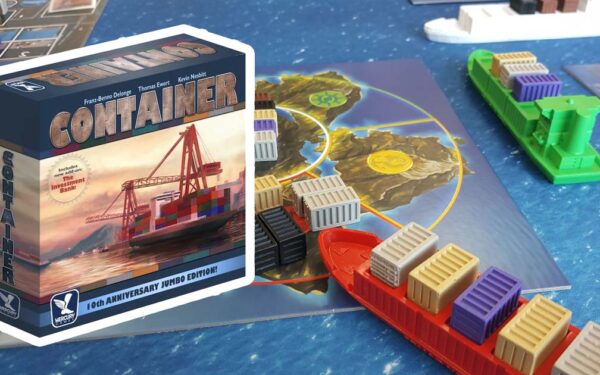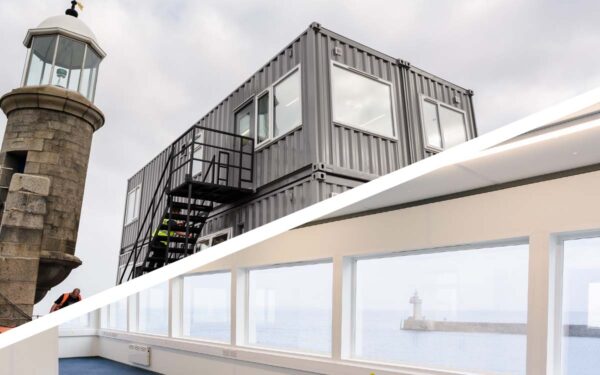The humble shipping container! Most of us don’t give them a second thought. They’ve been around all our lives moving goods across the world on ships, lorries and trains. But was there ever a time they didn’t exist? Well, yes if you go back far enough. Before standardised shipping containers, cargo was shipped in wooden crates, pallets, boxes, barrels or simply wrapped in sheets. This was labour intensive, expensive and slow.
British traders first used containers hauled by horses and trains in the 1800s. The next advance came during the second world war. The Australian and US military used standard sized containers to speed up supplies. These were mostly made of wood. Another decade would pass before the first patented shipping container went into service.
The inventor of the shipping container
Malcolm McLean, widely hailed as the inventor of the shipping container, was a road haulier. He started out as a truck driver. His parents couldn’t afford to send him to college. They did however have enough money to buy a second-hand truck. In 1935 McLean along with his brother and sister founded McLean Trucking Co.
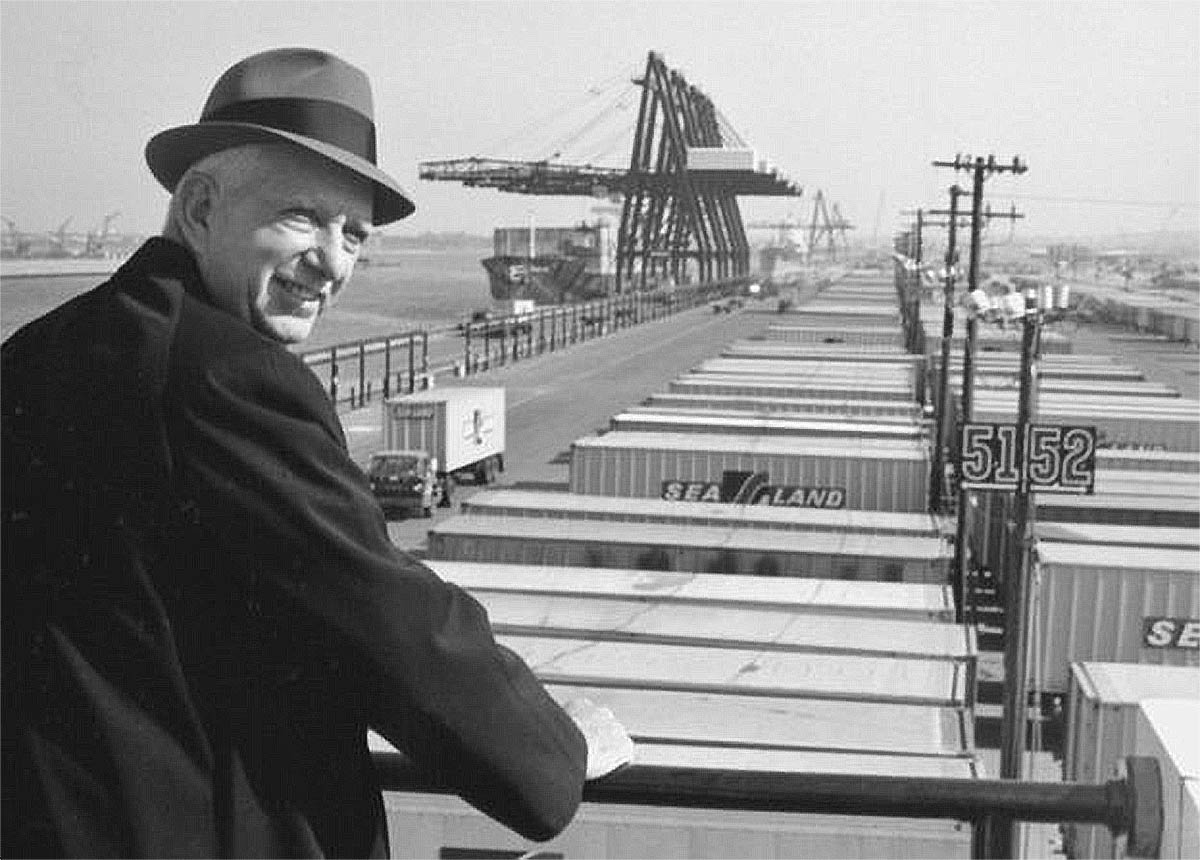
In the 1952 McLean saw an opportunity to cut costs and speed up the movement of goods. Realising a standard size box could be loaded off a truck onto a ship and visa-versa much faster, he set about his plans.
McLean sold his haulage company in 1956. Exploiting a legal loophole he purchased the Pan Atlantic Tanker Company soon after. McLean knew everything about road haulage but nothing about shipping, so he had to learn fast. McLean later renamed the company Sea-Land Shipping.
Now the proud owner of two WWII oil tankers, McLean started converting them into the worlds first container ships. The first was the SS Ideal X. On her maiden voyage as a container ship in April 1956, she carried 58 containers from New Jersey to Texas.
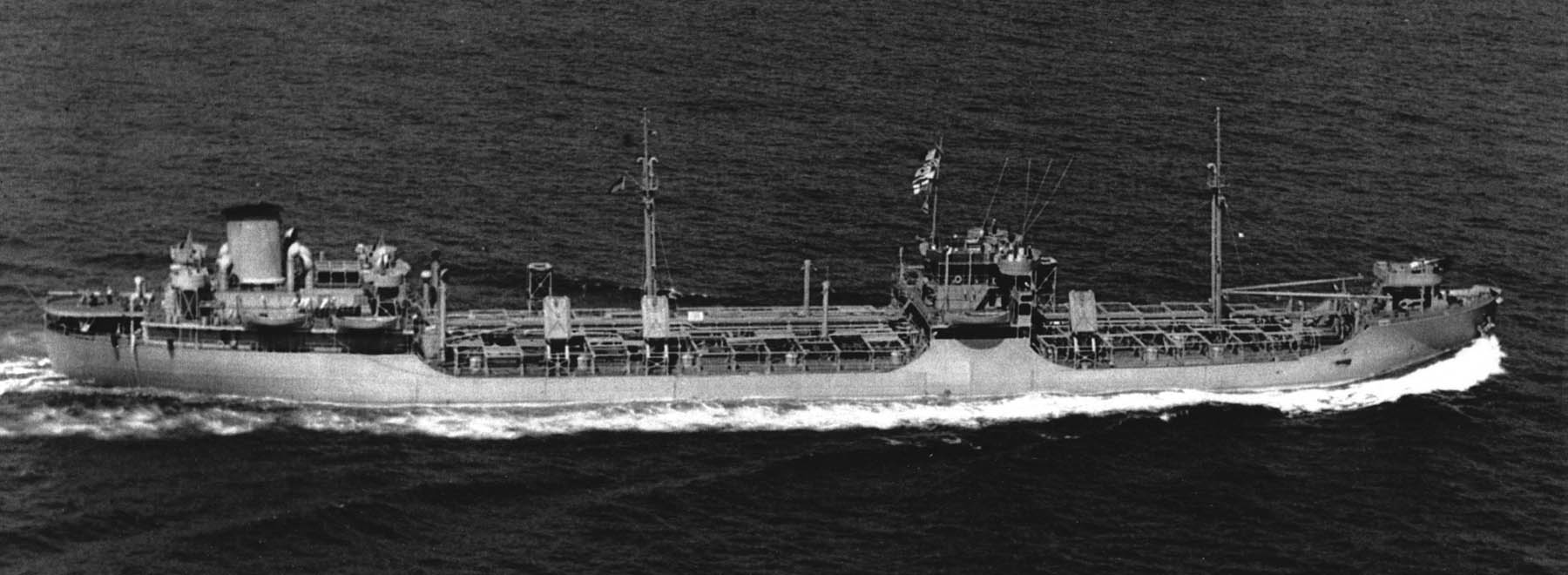
Early ISO Shipping Container Designs
Patented in 1956 after numerous tests, the first ISO container was born. It was stackable and built with steel. Reinforced corners made it possible to stack the containers without causing damage. They were uniform in size, theft-proof and easy to load.
Dockworkers at the time, known as longshoremen, went on strike. They realised loading containers onto ships would require a smaller workforce. It was this downtime that enable McLean to refine his designs.
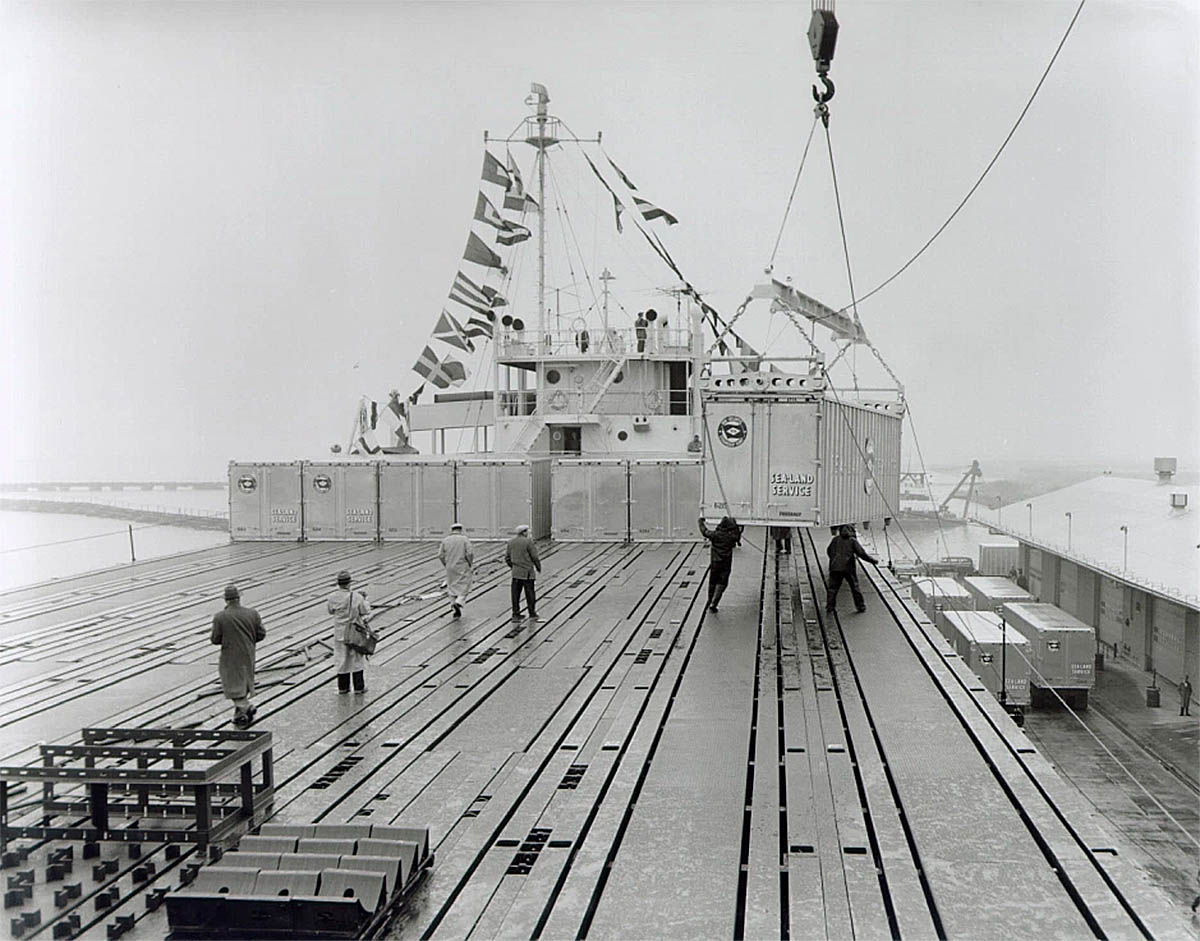
McLeans big new idea was a success. He negotiated with the New York Port Authority to convert the New Jersey side of the harbour into a container port. The business would grow steadily over next ten years.
The Vietnam War
It wasn’t until the late 1960s that the containers would really take off. With the outbreak of War in Vietnam, the US military needed to get equipment to the troops quickly. They turned to McLean for the solution.
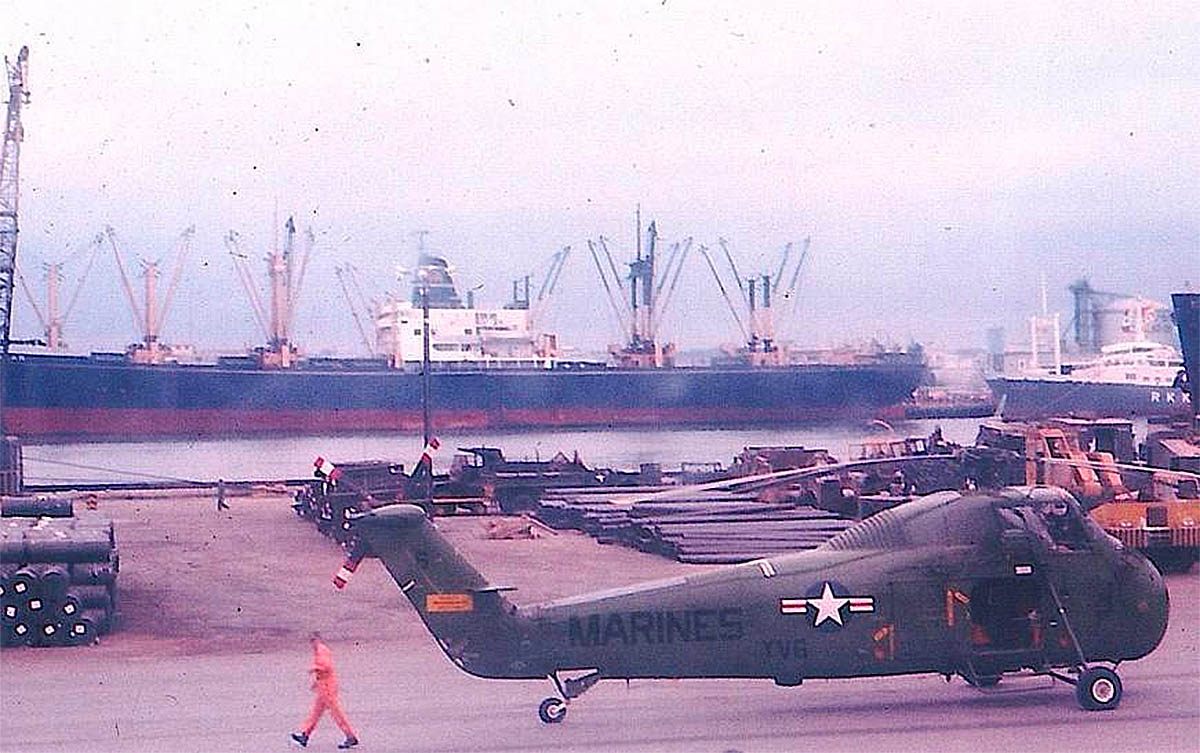
His containers could be loaded up and sealed in the US. Then shipped from port to port, loaded onto trucks and delivered to the troops. The empty containers were used to ship goods back to the US from ports in Japan. It was a win win situation. In 1968/69 the deal was responsible for 40% of Sea-Land Services revenue.
The modern container
Following compromises among European and US railways, haulage companies and international shipping companies, the ISO standard was born. In 1968 ISO 668 was introduced which defined the dimensions we use today.
ISO Standards (seven common lengths)
- 8 ft (2.43 m)
- 9 ft (2.99 m)
- 20 ft (6.10 m)
- 40 ft (12.19 m)
- 45 ft (13.72 m)
- 48 ft (14.63 m)
- 53 ft (16.15 m)
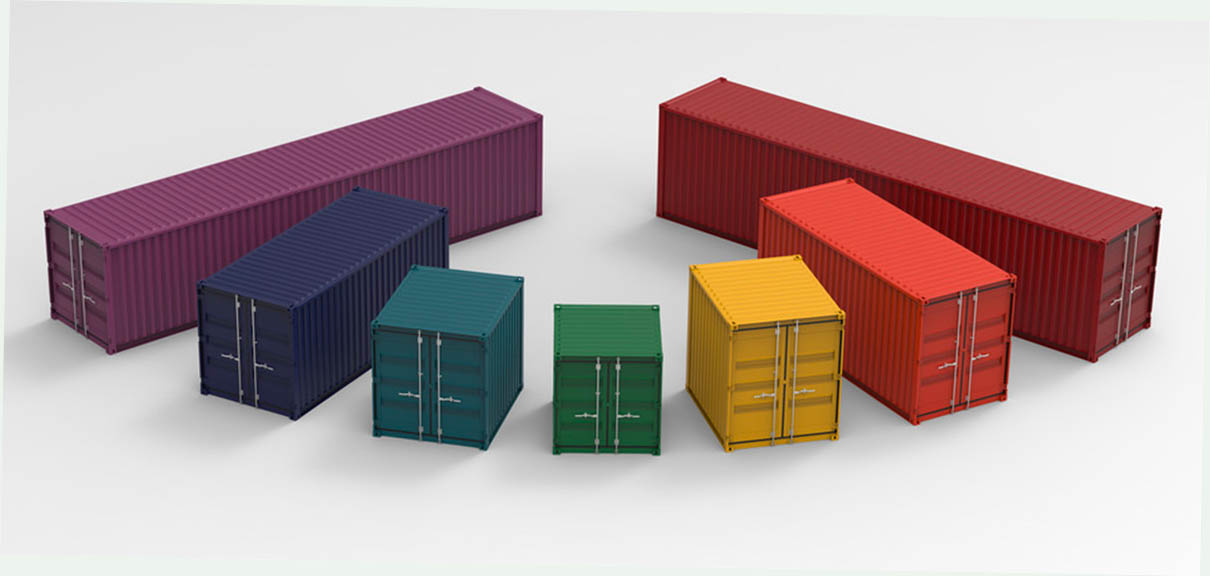
Shipping container transformations
ISO shipping containers are the strongest modular structures in the world. They are stackable, easy to cut, relatively cheap and plentiful. So its not surprising they have other uses. Storage sheds, generator housing and even housing for humans are just some of the many uses.
A 1977 architectural report looked at the possibilities of using containers for structural purposes by the US military. It wasn’t until 1987 that the first container homes started to appear. Philip Clark patented the method of converting steel shipping containers into homes. His patent (4854094) was granted in 1989.

Further reading
https://en.wikipedia.org/wiki/Malcom McLean
https://en.wikipedia.org/wiki/Containerization
https://en.wikipedia.org/wiki/Shipping container architecture
